Forbidden City, 600 years indestructible, even termites give up: Is there a "talisman" against destruction?
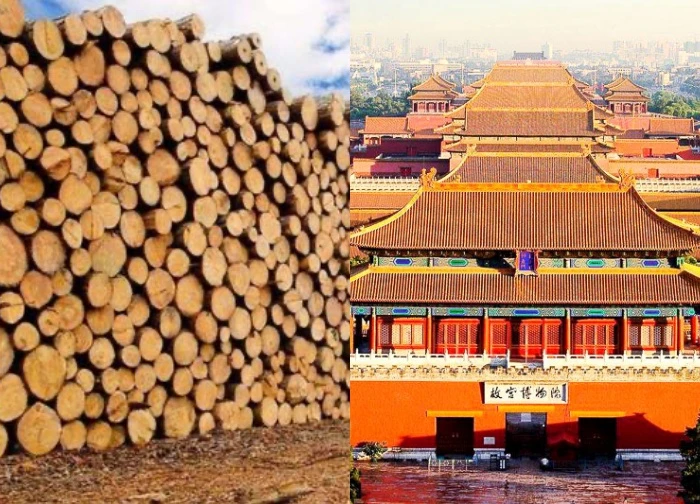
1 | 0 Discuss | Share
Tiananmen Square is the largest and most iconic square of China. Formed in the Ming Dynasty (1368-1644), this place was originally designed in the shape of a "nail" with Chang'an Road as the horizontal line, and the "vertical line" is the Tianbo Corridor corridor extending along the south-north axis.
Due to its closed structure and strict control, during the Ming and Qing dynasties, this place was considered "Thien Chew" - "the way to heaven". The square is only open to the public on the eve of the Winter Solstice, when death row inmates are brought in to await execution.
After the Tan Hoi Revolution in 1911, Zhou Khai Kiem - General Minister of the Interior of the Bac Duong Government - demolished the Tianbo Lang, opened the connection between the two ends of Chang'an Street, turning what was once a "blockade of the square" into a "liberation of the square". People can come and go freely.
The most important turning point came on October 1, 1949, when Chairman Mao Zedong announced the establishment of the People's Republic of China in this very place. Tiananmen Square has since become the political symbol of the new China, ushering in a period of comprehensive renovation and expansion.
Since 1955, the authorities have demolished the walls and gates at both ends of the square, raising the area to nearly 10,000 square meters. The "nail" structure was removed, giving way to a new, more modern and open plan. The Beijing Urban Planning Commission was established, and Soviet experts proposed 11 revitalization options - however, none of them were chosen.
In August 1958, in preparation for the 10th National Day celebration (1959), the Central Committee of the Communist Party of China issued a resolution to replan the square and build the "Ten Architectural Complexes". Including an existing building is the Industrial Exhibition, and 9 new buildings such as the Great Hall of the People, the Revolution Museum, the History Museum, the Palace of National Culture, and the National Theater.
In particular, the Great Hall of the People is a key project with a meeting room with a capacity of 10,000 delegates. The total construction time of the entire "Decade of Architecture" is only 400 days - a feat compared to international works such as the United Nations headquarters (7 years), the Geneva Convention Center (8 years) or the Sydney Theater (14 years).
Dao Tongzhen - the chief architect - recalled that Premier Zhou Enlai directly directed and required the works to "harmoniously combine tradition - modernity, between China - international" and be eternal.
Initially, the square was designed to be 800 meters long and 500 meters wide, according to a feng shui ratio of 5:8. The main area is 14 hectares, 4.5 times larger than Red Square (Russia), 5 times larger than Paris Central Square.
A military officer - Tan Nghi - requested that the square surface has no boundary with Truong An Street, a surface that can withstand the weight of parallel tanks, and a "consolidated" space for the parade. This requirement caused the architects to demolish many old infrastructures and build more underground tunnels under the square. It became clear later: this was a defensive plan - turning the square into a field airport if necessary.
The planning also focuses on architectural harmony. Accordingly, the west is the Great Hall of the People, opposite the east is the Revolution Museum and the History Museum. The National Academy of Drama was taken outside the square grounds. This layout adheres to the feng shui principle of "leaving the commune ancestors" - the left is the ancestor, the descendants must be the descendants - and is highly appreciated for architectural art.
For the Great Hall's 10,000-person meeting room, it was originally proposed to be built in the shape of a horseshoe or elliptical, but it was not suitable due to the long view and unguaranteed sound. After many considerations, the final approved option is a paper fan-shaped design - helping the farthest person is still only 60 meters from the chair, only two mezzanine floors, sound and visibility are optimal. The final dimensions are 336m x 206m – 2.5 times larger than the original.
After nearly two months of intense work, the entire design was approved at the end of October 1958, and the entire project was hastily constructed for the next 10 months. By September 1959, all 10 projects had been completed on schedule. On October 1, 1959, the 10th anniversary celebration of the National Day took place solemnly in the square - affirming Tiananmen's position as the "heart" of the new China.
Since then, Tiananmen Square has not only been the venue for important national events, but has also become the most important political, historical, and cultural symbol of modern China.
Is there a place in the Forbidden City so scary that no one wants to step through it a second time?  Hoàng Phúc21:15:25 14/07/2025The cold palace where disgraced concubines were kept has long been known as a land of tragedy and suffering. This is where once-favored women are pushed into loneliness, resentment, and oblivion.
Hoàng Phúc21:15:25 14/07/2025The cold palace where disgraced concubines were kept has long been known as a land of tragedy and suffering. This is where once-favored women are pushed into loneliness, resentment, and oblivion.

1 | 0 Discuss | Share
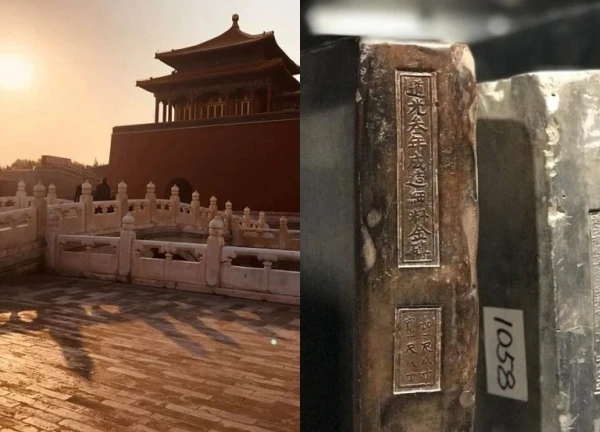
2 | 0 Discuss | Share
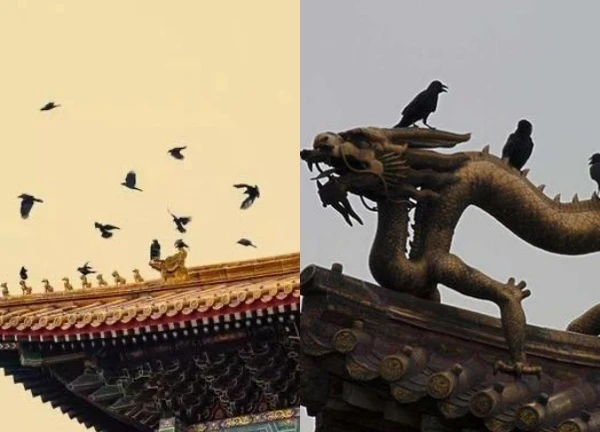
3 | 0 Discuss | Share

3 | 0 Discuss | Share
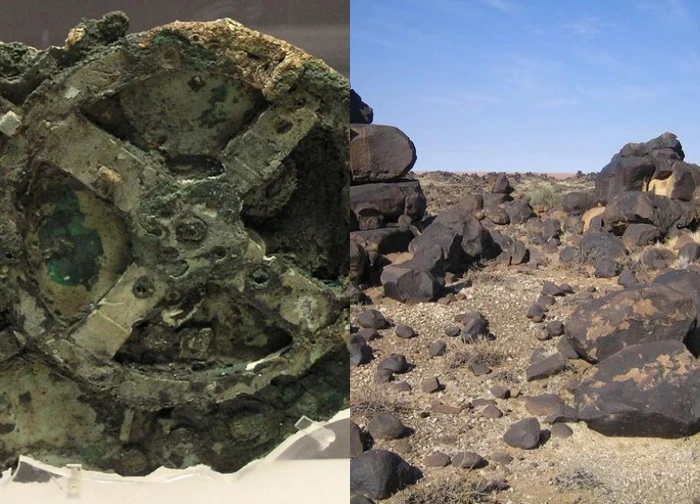
4 | 0 Discuss | Share
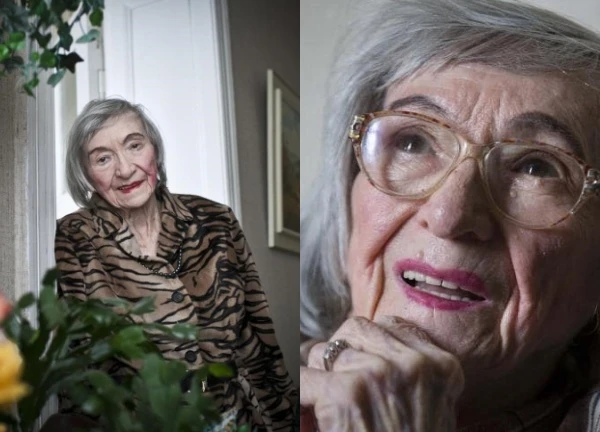
3 | 0 Discuss | Share

5 | 0 Discuss | Share

4 | 0 Discuss | Share

1 | 0 Discuss | Share
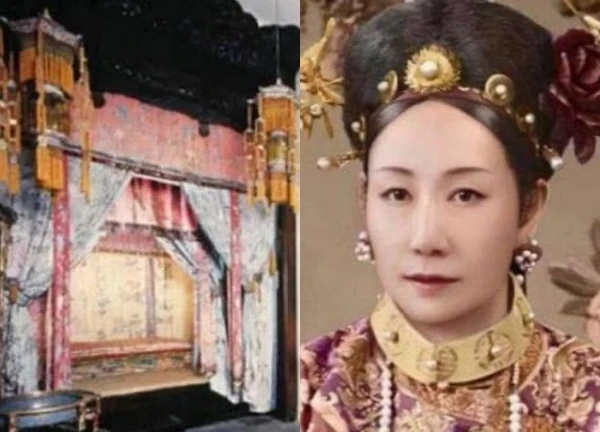
2 | 0 Discuss | Share

3 | 0 Discuss | Share

5 | 0 Discuss | Share



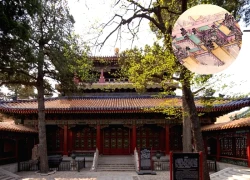


3 | 0 Discuss | Report